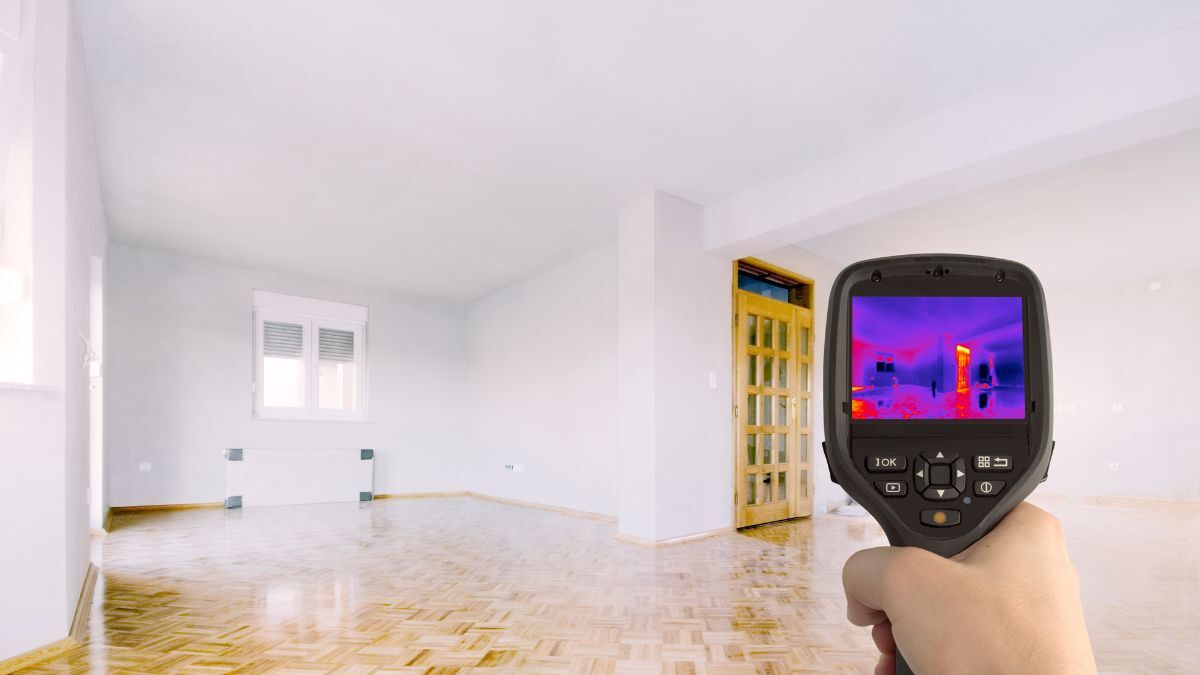Maintaining a comfortable indoor temperature can be a significant expense in the heart of Texas, where the climate can swing from sweltering heat to bitter cold. The cost of heating and cooling accounts for more than half of the energy consumption in the average Texan home.
However, one cost-saving strategy that has been gaining traction is thermal insulation. This article delves into the economic advantages of adopting thermal insulation to save money on heating and cooling in Texas.
The Benefits of Thermal Insulation for Texas Homes
Thermal insulation is any material or product that helps prevent heat transfer between spaces with different temperatures. When installed correctly, it can lead to savings on energy bills by reducing the amount of heat transferred into and out of a home.
Here are the key benefits of incorporating thermal insulation in Texas homes:
- Lower Energy Consumption – The most apparent advantage of thermal insulation is its ability to reduce energy consumption. Homeowners can significantly decrease their reliance on heating and cooling systems by preventing heat from escaping during the cold season and keeping it out during the summer.
- Cost Savings – With reduced energy consumption comes cost savings. According to the U.S. Department of Energy, homeowners can save up to 20% on heating and cooling costs by insulating their homes. This can amount to hundreds of dollars in savings per year.
- Improved Comfort – Insulated homes are more cozy to live in, no matter the outside temperature. They provide a consistent indoor temperature and reduce the drafts. It makes it easier to stay warm during the cool and winter during the summer.
- Environmental Sustainability – Thermal insulation can be crucial in promoting environmental sustainability. Homes with proper insulation use less energy and emit fewer greenhouse gases, contributing to the fight against climate change.
- Long-Term Investment – While there is an upfront cost associated with installing thermal insulation, it’s a long-term investment that yields returns over time. Insulation typically lasts for decades, meaning homeowners can save on energy costs for years.
Types of Thermal Insulation
Various types of thermal insulation are available, each with its unique features and benefits. If you can’t decide which type to use, it’s best to consult with professionals such as iFOAM North Houston in Texas.
Some common options include:
- Fiberglass Insulation – This type of insulation is made from tiny glass fibers and is known for its affordability and effectiveness.
- Cellulose Insulation – Made from recycled paper products, cellulose insulation is eco-friendly and provides excellent thermal resistance.
- Spray Foam Insulation – This type of insulation is sprayed onto walls or other surfaces and expands to fill gaps or cracks, providing a seamless layer of protection against heat transfer.
- Reflective Insulation – Reflective insulation reflects radiant heat away from a home, making it ideal for hot climates like Texas.
How Much Money You Can Save with Thermal Insulation
The exact amount of money homeowners can save on heating and cooling costs by installing thermal insulation varies depending on factors such as the size of the home and the type of insulation used.
However, studies have shown that homeowners in Texas can save an average of $350 per year by insulating their homes properly.
Which Areas Should be Properly Insulated for Maximum Benefit?
To get the most out of thermal insulation, it’s essential to identify and insulate key areas in a home that contribute to heat transfer. These include:
- Attic – Insulating the attic is crucial as hot air rises, making it one of the main sources of heat loss during winter and heat gain during summer.
- Walls – Properly insulating walls, especially exterior walls, can significantly reduce heat transfer and keep the indoor temperature stable.
- Basement or Crawlspace – Insulation in these areas helps prevent cold air from seeping into a home through the foundation.
- Ducts – Uninsulated ductwork can account for significant energy loss. Insulating them will ensure that heated or cooled air is delivered efficiently to different parts of a home.
Conclusion
In summary, thermal insulation offers numerous economic advantages for Texas homeowners.
Reducing energy consumption leads to substantial cost savings and contributes to environmental sustainability.
With various types of insulation available and the potential for significant long-term savings, it’s a smart investment for any homeowner looking to make their home more energy-efficient.









